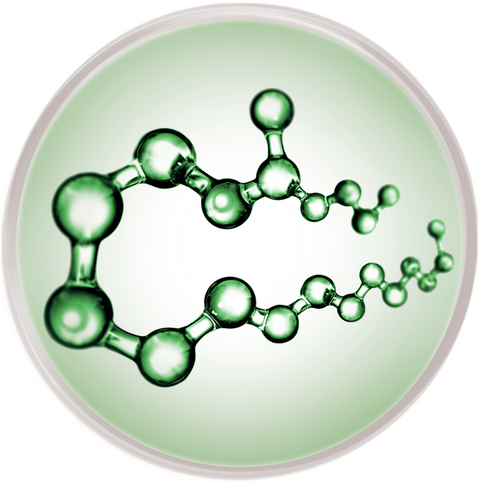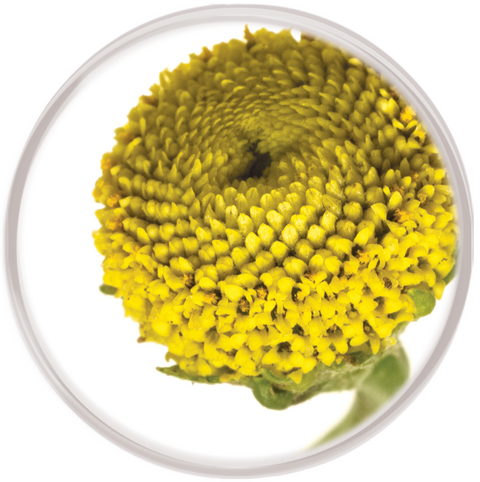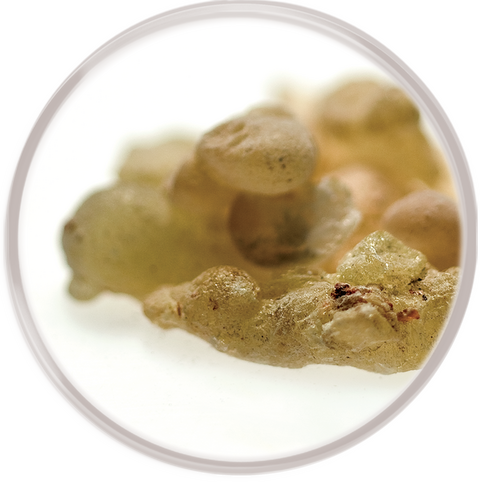HOLISTIC ACHE MANAGEMENT:
A SYNERGISTIC APPROACH
Chronic pain: a global problem
According to recent data, chronic pain affects over 30% of people worldwide (1). That’s why the World Health Organization (WHO) recognizes pain as a significant and global public health problem, involving hundreds of millions of people who live with persistent, debilitating pain that significantly diminishes their quality of life.
Beyond the individual experience, which has a huge human impact, the economic burden of chronic pain includes healthcare costs, lost productivity and significant economic losses for individuals, employers, and society.
The impact of chronic pain on people is complex and profound, as it is not simply a physical sensation, but a complex biopsychosocial experience. It can produce physical limitations also in simple daily activities; mental health challenges like bad mood, anxiety, and sleep disturbances (2); social isolation, which can reduce quality of life.
This scenario also explains why the global over-the-counter (OTC) analgesics market was estimated to be worth just over US$28 billion in 2024 and it is expected to grow to almost $41 billion by 2032 (3).
On the other hand, consumer interest in naturally derived pain relief options has been steadily increasing: studies reveal the trend and a significant rise in the use of complementary health approaches for pain management among American adults from 2002 to 2024 (4).
Nutraceuticals in ache management: natural ingredients as add-on to conventional pharma therapies
Nature may help effectively in managing ache discomforts. The holistic vision and the pleiotropic mechanism of action typical of natural ingredients may contribute to the need for a multidimensional approach to ache. Through the healing properties of plants, herbs, and natural therapies, people can find relief from these discomforts, having at disposal add-on natural ingredients able to so support conventional pharma therapies for ache, for example by optimizing their intake and tolerability. Indena has a wide products portfolio which can support ache management effectively, mainly in case of chronic pain.
The most recent is CRONILIEFTM, P·E·A Indena Phytosome®, an innovative health food ingredient, that will be launched at Vitafoods 2025, based on the formulation of PEA (Palmytoylethanolamide) with Indena Phytosome® technology to optimize its biological performances and health benefits.
Palmitoylethanolamide has emerged as a promising nutraceutical, being a natural lipid compound, specifically an endogenous fatty acid amide, produced in the body and known to play a key role in regulating inflammation and pain responses. Thanks to the so-called entourage effect, PEA works on multiple natural pathways positively linked to the modulation of the endocannabinoid system, influencing targets and receptors involved in the inflammatory response and in pain signalling. In CRONILIEF™, P·E·Anatural compound gets all the advantages from Indena Phytosome® delivery system, showing optimized solubility in gastrointestinal fluids and bioabsorption, in favor of improved health benefits.
Other Indena products are effective mainly in restoring a healthy inflammatory response. Inflammation is a natural process that helps the body heal and protect itself, but when it becomes chronic or uncontrolled, it can lead to a variety of health issues, including joint soreness, and fatigue.
Some nutraceuticals from Indena can support the body’s natural ability to regulate the physiological inflammatory response and fostering long-term health. They are:
- Casperome®, a full bouquet of boswellic acids featuring Indena Phytosome® technology providing a pleiotropic effect in favor of a healthy inflammatory response, proven efficacious in supporting relieving stress and discomforts related to musculoskeletal and gut systems;
- Meriva®, a highly bio absorbed curcumin formulated with Indena Phytosome® technology, turning ayurvedic power of curcuminoids into a science-backed ingredient supported by over 40 human studies and able to act against low chronic inflammation and supporting joint health;
- Mitidol®, a smart ingredient combining ginger and acmella extracts, effectively joining forces to rebalance the inflammatory response in joint health thanks to a multi-target action including a proven double activity on the physiological function of human body endocannabinoid system;
- Quercefit®, a quercetin-based ingredient enhancing the bioabsorption and properties of this flavanol delivered with Indena Phytosome® formulation, effective in supporting physical performance and function in sports and body fatigue-related conditions.

Cronilief™

Acmelain®

Meriva®

Casperome®
Moreover, an effective approach to managing chronic situations of distress can be modulating the physiological transmission of discomfort signals within the body. Indena’s portfolio includes two products able to rebalance sensory pathways, and supporting the management of prolonged or recurring ache improving overall comfort. They are the already mentioned Mitidol® and AcmelainTM, an innovative acmella extract standardized in alkylamides to be combined with other functional ingredients in favor of ache-relief effect, thanks to proven modulation of natural endocannabinoid system.
Managing chronic discomforts also requires a comprehensive approach focused on improving the individual's subjective experience. Natural substances like botanicals can help since many of these natural remedies target multiple areas, such as enhancing mood, improving sleep, or helping individuals manage emotional and cognitive responses. In this context, Indena’s Relissa® can be of help. It’s a standardized, non-melatonin lemon balm extract formulated with Indena Phytosome® technology and with optimized biological performance, which can improve sleep quality and ensure a beneficial action in balancing moods and contrasting tension states.
Natural ingredients can support chronic ache management and improve the quality of life.
To know more visit indena.com
CONTACT
Laura Bo - External Communication
laura.bo@indena.com
References and notes
References and notes
- Cohen et al., Chronic Pain: An Update on Burden, Best Practices, and New Advances. The Lancet 397, no. 10289 (2021)
- Gureje, O., Von Korff, M., Simon, G. E., & Gater, R. (1998). Persistent pain and well-being: a World Health Organization study in primary care. JAMA, 280(2), 147-151.
- Brody H. Pain: recognizing the power of non-pharmaceutical interventions. Nature [Internet]. 2024 Sep 25;633(8031):S25
- Nahin et al., “Use of complementary health approaches overall and for pain management by US adults in 2002, 2012, 2022 and trend 2024”, JAMA. (2024)
Customer’s publication




